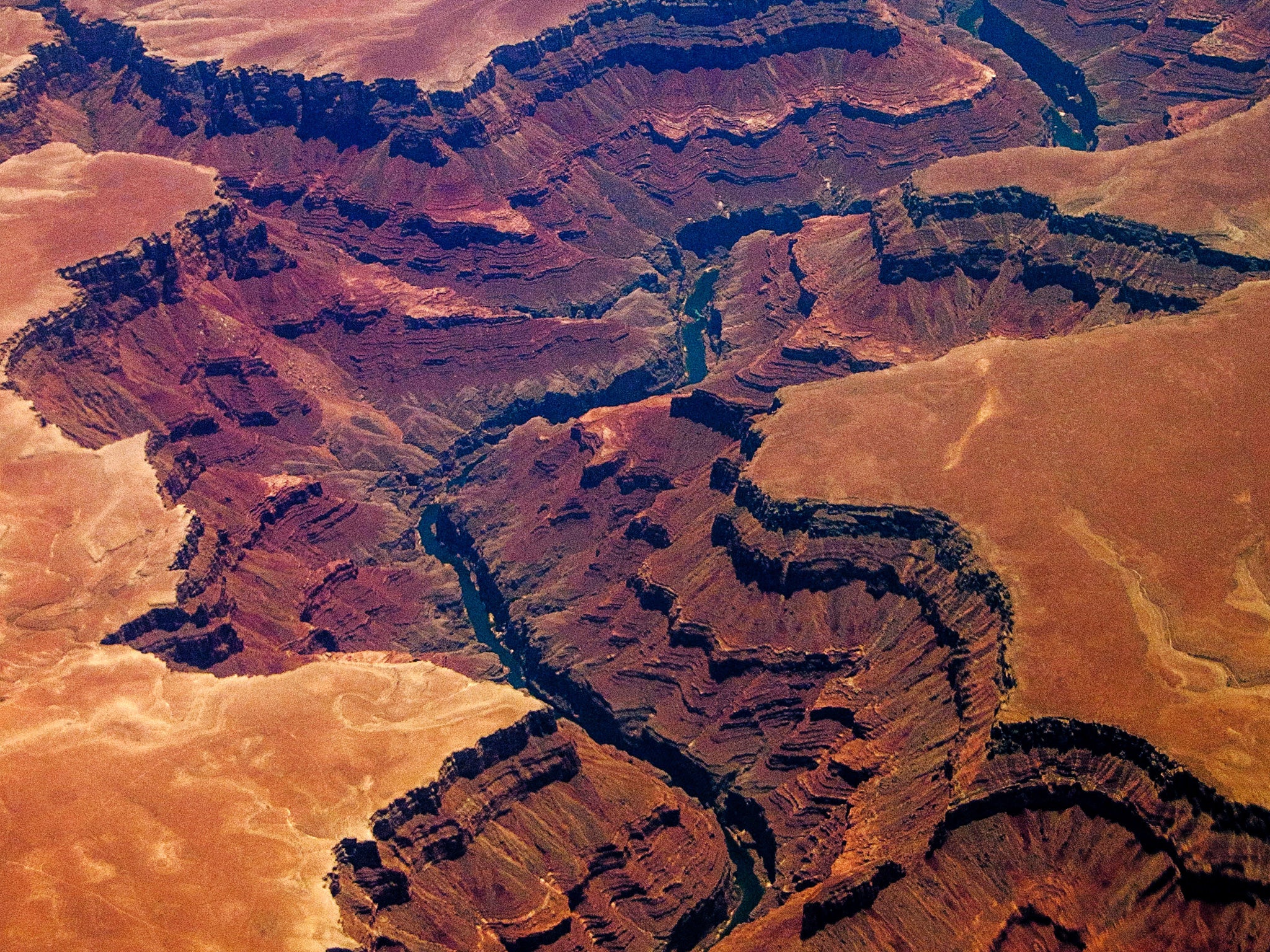Grand Canyon may actually be only six million years old, scientists claim
It was thought that the global landmark was perhaps 70million years old

Your support helps us to tell the story
From reproductive rights to climate change to Big Tech, The Independent is on the ground when the story is developing. Whether it's investigating the financials of Elon Musk's pro-Trump PAC or producing our latest documentary, 'The A Word', which shines a light on the American women fighting for reproductive rights, we know how important it is to parse out the facts from the messaging.
At such a critical moment in US history, we need reporters on the ground. Your donation allows us to keep sending journalists to speak to both sides of the story.
The Independent is trusted by Americans across the entire political spectrum. And unlike many other quality news outlets, we choose not to lock Americans out of our reporting and analysis with paywalls. We believe quality journalism should be available to everyone, paid for by those who can afford it.
Your support makes all the difference.The Grand Canyon is renowned as one of the oldest natural phenomena in the world, but scientists now believe that the prehistoric attraction may have been formed as recently as six million years ago.
With the Canyon measuring around 450km in length, its sheer size has provided challenges for scientists trying to determine its age.
The majority of the five million annual visitors miss out on some parts of Arizona's stunning spectacle because there is not simply enough time to see it all. Even those who can afford to take a daunting helicopter or plane journey around it may not see the entire crater, which records nearly two billion years of Earth history.
But one scientist, Professor Karl Karlstrom from the University of New Mexico, Albuquerque, believes he has found new evidence to suggest that some parts of the Canyon are not as old as once thought.
To help estimate ancient erosion rates, his team of geologists used thermochronology - the study of how a rock's temperature has changed through its history.
According to the National Geographic, this can be used because "temperatures rise as depth in the Earth's crust increases, and a rock's thermal history can provide insight into when, and how quickly, terrain above it eroded away."
"The 'old canyon model' has argued that the Grand Canyon was carved 70 million years ago in the same place and to nearly the same depth as the modern canyon. We are refuting that," Prof Karlstrom told the BBC.
"We are also refuting the 'young canyon model', which claims the canyon was cut entirely in the last six million years. Instead, we show that the Colorado River used some old segments as it found its path from the Rockies to the Gulf of California in the past six million years."

But with each new theory comes opposition, and Brian Wernicke, a geoscientist at the California Institute of Technology, Pasadena, believes the methods are too complex. "The new model seems to be much too complicated," he said.
However, Prof Karlstrom defended his findings, adding: "What's different here I think is that we finally have a description of the Grand Canyon that honours all the hard-won data."
The team of scientists discovered that two of the three central segments - known as the "Hurricane" segment and the "Eastern Grand Canyon" - were from a much earlier time than first thought.
'Hurricane' was thought to be formed as early as 50-70 million years ago, while the 'Eastern Grand Canyon' was around 15-25 million years old. However, they eventually concluded that "Marble Canyon" and the "Westernmost Grand Canyon" - had to have been carved in the last five to six million years.
"If you were to add up the 280-mile length and ask, 'how much is young? More than half of it is young; a quarter of it is middle-aged - 15-25 million years old; and the rest of it is 70 million years old," said Prof Karlstrom.
"It continues to deepen today, of course. Right now, over the course of the last half-a-million-years or so, it's been deepening by about the thickness of a piece of paper every year.
"It's a beautiful place to work and a wonderful laboratory where the geology is laid bare. It's great for research, and for the many students we take there to teach."
Join our commenting forum
Join thought-provoking conversations, follow other Independent readers and see their replies
Comments